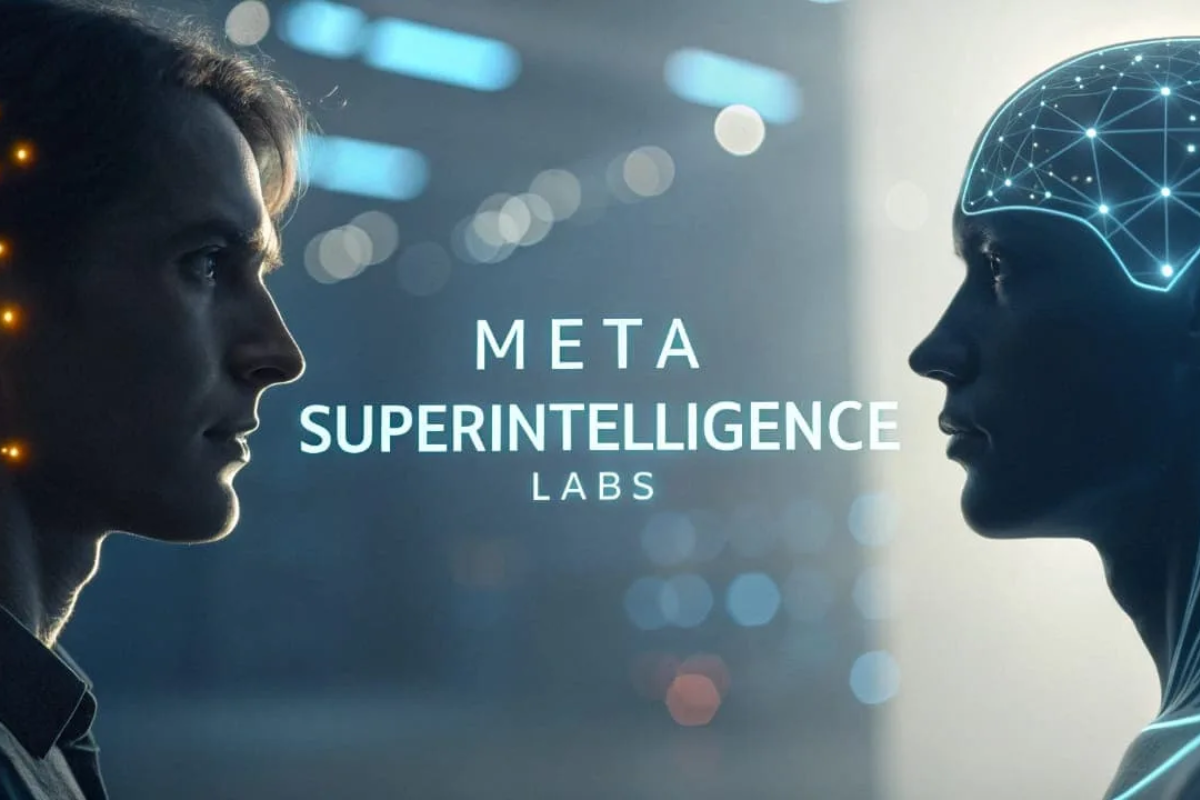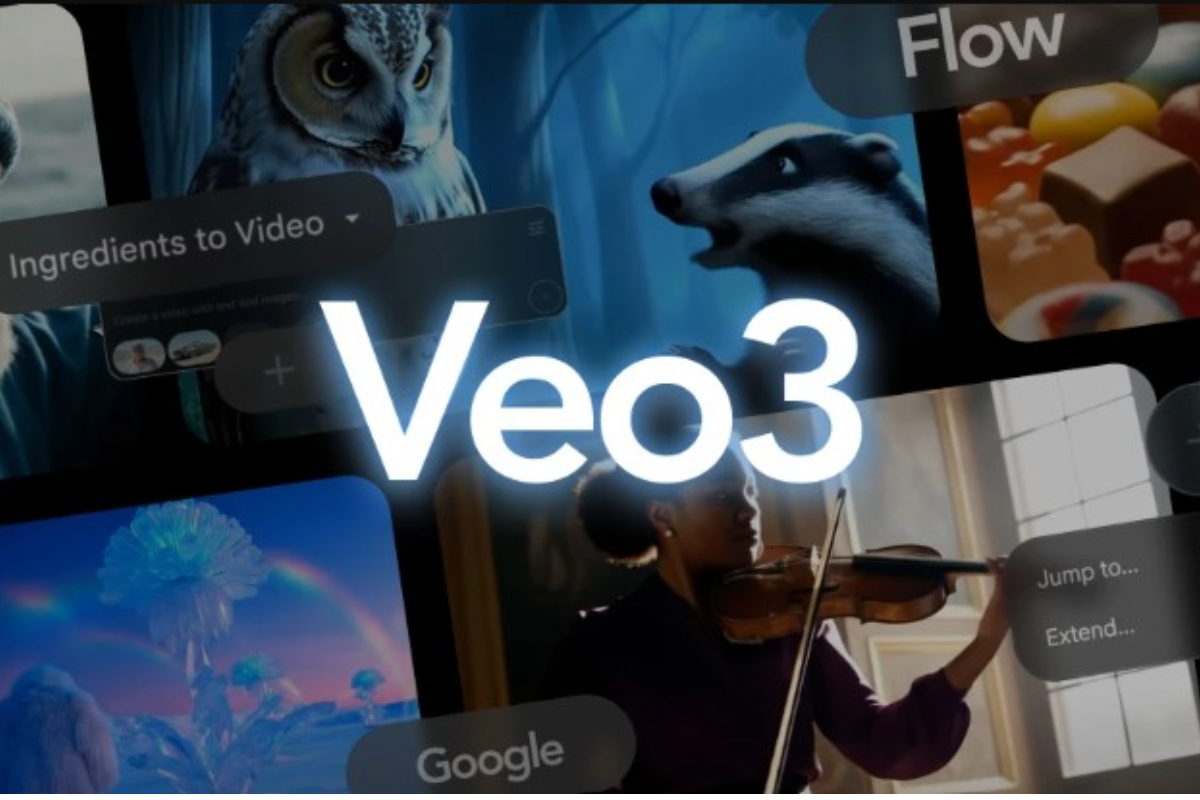Shaping the future of education by equipping faculty for transformative AI-driven classrooms.
Introduction
Artificial Intelligence is no longer a futuristic concept—it’s actively reshaping higher education. With 86% of college students using AI tools in their studies and 59% advocating for increased AI integration in teaching, the demand for AI literacy among educators is undeniable. However, a significant barrier remains: over half of higher education leaders report that faculty unfamiliarity with AI tools hinders their adoption. To bridge this gap, institutions are launching comprehensive faculty development programs aimed at equipping educators with the necessary skills to integrate AI effectively into their teaching practices.

The Need for Faculty AI Training
Despite the growing presence of AI in classrooms, many instructors have yet to harness its full potential. Matthew Leger from IDC Government Insights emphasizes that while AI tools are prevalent, the real challenge lies in ensuring faculty possess the skills to utilize them effectively. This gap in AI proficiency can lead to underutilization of available technologies, limiting their impact on teaching and learning.
Institutional Initiatives in AI Faculty Development
Recognizing the importance of AI literacy, universities are implementing targeted training programs for faculty. For instance, the University of Texas at Austin collaborated with Grammarly for Education to explore ethical and effective uses of generative AI in the classroom. Such partnerships provide educators with practical tools and strategies to integrate AI into their curricula.
Similarly, Arizona State University has emphasized the need for comprehensive education and training to garner campus-wide support for AI initiatives. By fostering a culture of continuous learning, institutions can ensure that faculty are not only familiar with AI tools but are also adept at using them to enhance student outcomes.

Strategies for Effective AI Integration
To maximize the benefits of AI in education, institutions are adopting several strategies:
- Hands-On Workshops and Training Sessions: Providing faculty with practical experience in using AI tools fosters confidence and competence.
- Development of AI Toolkits: Creating resources that offer lesson plans and activities can guide educators in integrating AI into their teaching methods.
- Peer Collaboration and Sharing Best Practices: Encouraging faculty to share their experiences and strategies promotes a collaborative learning environment.
- Continuous Support and Feedback Mechanisms: Establishing channels for ongoing assistance ensures that educators can navigate challenges and refine their AI integration approaches.
Conclusion
As AI continues to transform the educational landscape, equipping faculty with the necessary skills to leverage these technologies is paramount. Through targeted development programs and institutional support, educators can enhance their teaching practices, leading to improved student engagement and learning outcomes. The future of education is intelligent, and with the right training, faculty can lead the way.



